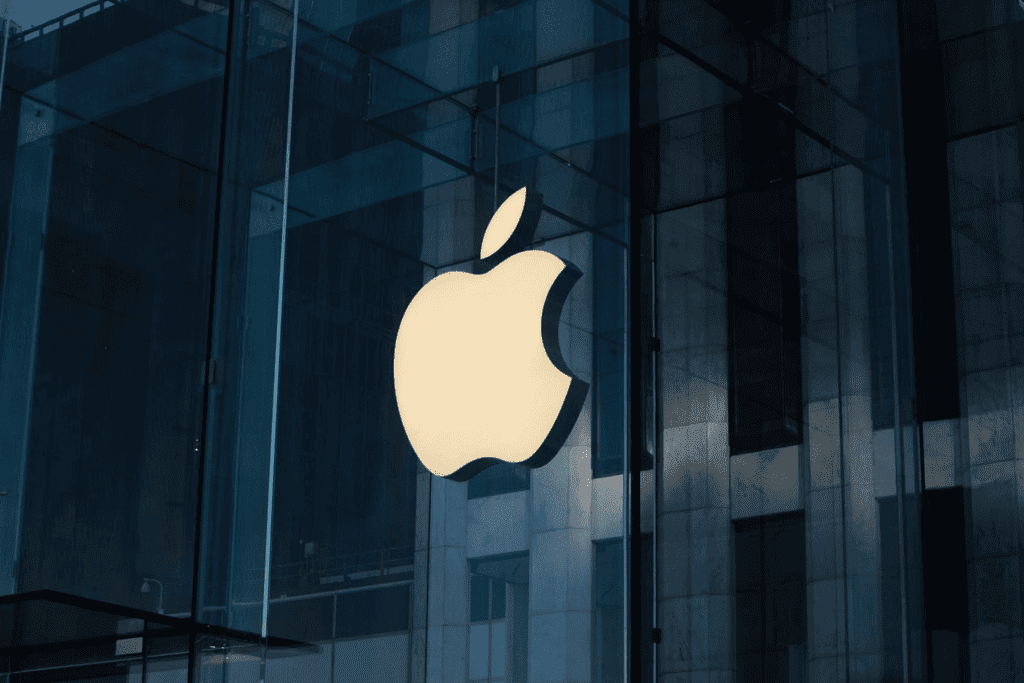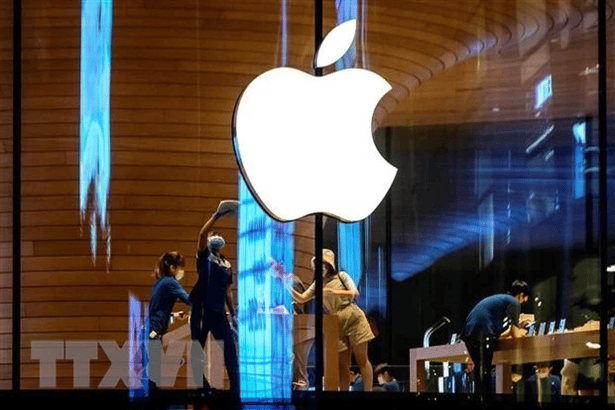Apple is more than just a tech company; it’s a cultural icon known for reshaping industries and setting new standards for technology, design, and innovation. With its vast array of groundbreaking products, Apple has established itself as one of the most valuable and beloved brands globally.
Understanding Apple’s brand story offers insight into how innovation, strategic design, and a relentless focus on user experience can lead to industry dominance. This blog dives into Apple’s inspiring journey, focusing on the brand’s three pillars: Innovation, Design, and Dominance.

Table of Contents
Apple’s Foundational Story: Humble Beginnings to Global Icon
Apple’s journey began in a garage in 1976, when Steve Jobs, Steve Wozniak, and Ronald Wayne set out to create personal computers that were more accessible and user-friendly. The story of its humble beginnings is well-known, and it speaks volumes about the company’s emphasis on creativity, ingenuity, and persistence.
Steve Jobs’ visionary leadership was instrumental in shaping Apple’s identity. Jobs focused on transforming complex technology into products that everyday people could use. From the launch of the first Macintosh in 1984, which revolutionized personal computing with its graphical user interface, Apple began carving its niche as an industry leader in innovation.
Innovation: The Heart of Apple’s Success
One of the key reasons for Apple’s meteoric rise has been its ability to innovate. Apple didn’t invent the personal computer, MP3 player, or smartphone, but it reinvented all of these devices in a way that changed how people interacted with technology.
- Revolutionizing the Computer Industry: The Apple II, launched in 1977, was the company’s first big success. It demonstrated the potential of personal computers and became an industry standard, leading the way for future innovations.
- iPhone: Reinventing Smartphones: In 2007, Apple launched the iPhone, a device that changed the entire landscape of the mobile industry. The iPhone combined a phone, an iPod, and an internet communication device into a sleek, intuitive package, effectively putting the power of a computer in users’ hands.
- Ecosystem Integration: A key factor in Apple’s innovation strategy has been its ecosystem. By connecting products like the iPhone, iPad, Mac, Apple Watch, and Apple TV, Apple created an ecosystem that enhances the user experience. This seamless integration not only makes life easier for users but also encourages brand loyalty.
Design: Crafting Experiences That People Love
Apple’s focus on design has been integral to its brand story. Unlike other tech companies that focused solely on features and specifications, Apple emphasized aesthetics and user experience.
- The Focus on Minimalism and Aesthetics: Apple’s design philosophy is rooted in minimalism. The company believes that “less is more,” and this belief is evident in products that are sleek, elegant, and simple to use. Jonathan Ive, Apple’s chief designer, played a significant role in shaping this design language.
- User-Centered Design Philosophy: Apple’s focus on intuitive design makes their products easy to use, regardless of a person’s technical knowledge. The company prioritizes user experience, ensuring that their devices aren’t just tools but delightful companions in daily life.
- Creating a Trendsetting Style: Apple’s design choices often become industry trends. Whether it’s the metallic finish of the MacBook or the infamous notch on the iPhone, the tech world frequently follows in Apple’s footsteps. The visual appeal of Apple’s products plays a big role in customer satisfaction and brand loyalty.

Dominance: Crafting an Unbreakable Brand Legacy
Apple’s dominance in the tech market is not just because of its products; it’s also about how it positions itself in the minds of consumers.
- Marketing Strategies That Set Apple Apart: Apple’s marketing strategy is built on simplicity, elegance, and emotions. The company uses storytelling to convey how its products fit into customers’ lives, often highlighting how technology can empower creativity and connection.
- Building Customer Loyalty: Apple’s ecosystem is designed to keep customers within its fold. The seamless integration of hardware, software, and services means that once a user buys into the Apple ecosystem, it becomes difficult to switch. This strategy has led to exceptionally high customer loyalty rates.
- Financial Dominance and Market Impact: Apple has consistently been one of the most valuable companies globally. Its brand value, fueled by a loyal customer base and a robust product portfolio, has given Apple significant market influence. The company’s consistent financial success is a testament to its ability to innovate while maintaining a premium image.
Apple’s Challenges and Adaptations
No success story is without its challenges. Apple has faced numerous hurdles, from stiff competition to adapting to the loss of its visionary leader, Steve Jobs.
- Overcoming Competitor Pressure: Apple has faced fierce competition from companies like Microsoft, Google, and Samsung. However, the company’s focus on quality, user experience, and branding has helped it maintain a competitive edge.
- Evolving with Consumer Expectations: Apple has managed to adapt to changing consumer expectations by investing heavily in research and development. Its products are constantly evolving to meet the demands of users who crave new features, better performance, and a seamless experience.
- Keeping Innovation Alive Post-Jobs: After Steve Jobs’ passing in 2011, many were concerned about Apple’s future. Tim Cook’s leadership has proven that Apple can continue to innovate, albeit at a different pace. The launch of products like the Apple Watch and the expansion into services like Apple Music and Apple TV+ demonstrate that the spirit of innovation remains alive.
Lessons From Apple’s Brand Story for Businesses Today
Apple’s brand story offers several valuable lessons for businesses looking to create a strong brand identity:
- Consistency in Vision and Execution: Apple has always had a clear vision – to create products that are beautifully designed and easy to use. This consistent focus has helped it build a recognizable and trusted brand.
- Focus on Quality and User Experience: Apple’s commitment to quality and user experience has set it apart from competitors. Businesses today can learn the importance of designing products or services that put the customer’s needs and desires first.
- Building an Ecosystem: By creating a product ecosystem, Apple has ensured that its customers stay within its network. For brands, building a complementary set of products or services can create a stickier customer base and increase customer lifetime value.
Conclusion
Apple’s brand story is a tale of innovation, design excellence, and market dominance. From its humble beginnings in a garage to becoming a global powerhouse, Apple has consistently redefined industries and influenced the tech landscape.
Looking ahead, Apple continues to innovate, focusing on areas like augmented reality, artificial intelligence, and services. The company’s relentless drive to create seamless, beautifully designed experiences ensures that it will continue to be a leader in technology for years to come.
Apple’s story is not just about gadgets and profits; it’s about vision, culture, and transforming how we interact with technology. It stands as an example for businesses everywhere – the power of combining innovation, design, and a clear brand mission can lead to not just market success, but also cultural impact.

Anaya Shah is a seasoned consumer product analyst with over 8 years of experience in the retail and e-commerce industries. She holds a Master’s degree in Business Administration with a specialization in Marketing from a top-tier university. Anaya has a keen eye for detail and a passion for uncovering the true value of products, helping consumers make informed decisions. At BrandCritica.com, she brings her expertise in product evaluation, brand analysis, and market trends to deliver trustworthy and insightful content. Connect with Anaya on Instagram for the latest updates and reviews.

